Physics defines force as an entity capable of altering the movement or rest of another body. For example, force must be exercised to make a cart move across a flat surface. At the same time, force must also be applied to stop the movement of the same cart on a downward slope, and force is applied when a spring releases its coil. Concepts regarding force are ancient, but have nonetheless undergone radical change over the centuries. According to Greek philosopher Aristotle, an object at rest was in its natural state, and force was only needed in order to produce motion. In the 16th century, Italian physicist Galileo Galiei used experiments to prove that any variation in a body’s motion, any acceleration, was dictated by force. In other words, force was necessary to set a body in motion as well as to keep it at rest. For example, if a car engine stalled on a flat surface, the vehicle would eventually stop as a result of inertia in the air and asphalt. Otherwise the car would continue moving indefinitely in a straight line and at a constant velocity.
Therefore, a body was at rest or moving in a straight line when the forces applied to it either didn’t exist or canceled each other out. [principle of inertia] In the case of the immobile body, the forces are said to be in “equilibrium.” Man has always sought the means to move heavy objects by improving on muscular force. Among the earliest known manmade methods was the lever. Archimedes first described how the lever works in the 3rd Century BC. A lever is composed of a bar that is set on a fulcrum. The fulcrum divides the bar into two parts known as the arms of the lever. If the two sides of the bar are of equal length, similar force must be applied to both sides to maintain balance. If the lengths are different, the longer side requires less force. Therefore, a body placed on the short arm of the lever can be lifted up no matter how much it weighs, as long as the opposite arm is long enough to compensate. Many household tools use the principle of the lever, including pliers, wrenches and nutcrackers.
Therefore, a body was at rest or moving in a straight line when the forces applied to it either didn’t exist or canceled each other out. [principle of inertia] In the case of the immobile body, the forces are said to be in “equilibrium.” Man has always sought the means to move heavy objects by improving on muscular force. Among the earliest known manmade methods was the lever. Archimedes first described how the lever works in the 3rd Century BC. A lever is composed of a bar that is set on a fulcrum. The fulcrum divides the bar into two parts known as the arms of the lever. If the two sides of the bar are of equal length, similar force must be applied to both sides to maintain balance. If the lengths are different, the longer side requires less force. Therefore, a body placed on the short arm of the lever can be lifted up no matter how much it weighs, as long as the opposite arm is long enough to compensate. Many household tools use the principle of the lever, including pliers, wrenches and nutcrackers.
RELATED


LADYBUG
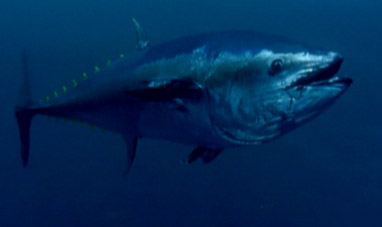

TUNA


DESERTS


TIGER


OIL
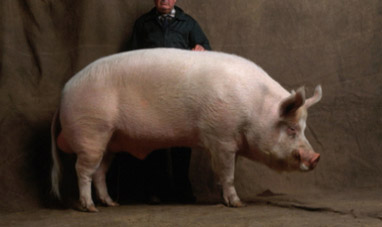

PIG
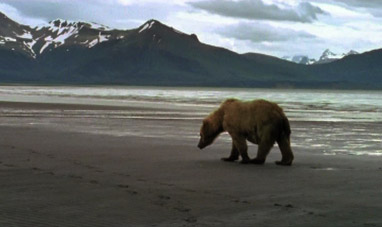

BEAR
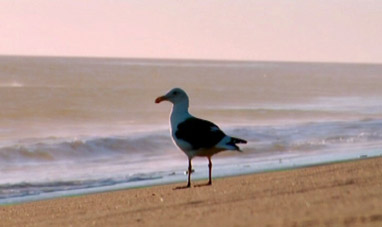

GULL
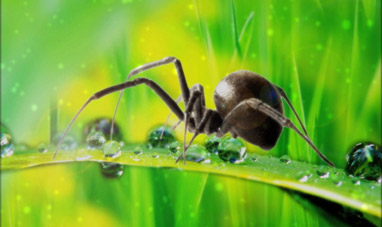

BLACK WIDOW SPIDER
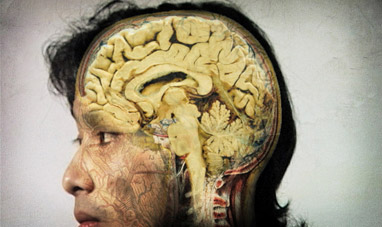

THE BRAIN
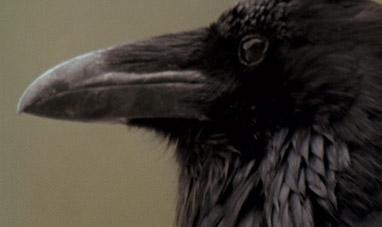

RAVEN
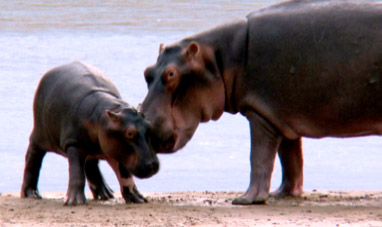

HIPPOPOTAMUS
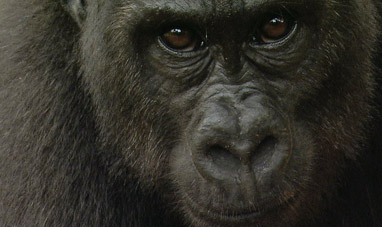

GORILLA
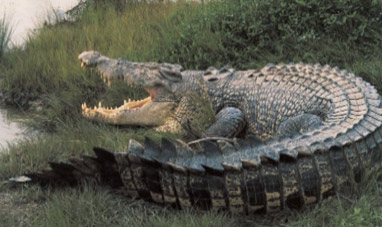

CROCODILE


MERCURY


NATURAL GAS (METHANE)


THE MOON


QUASARS


EAGLE
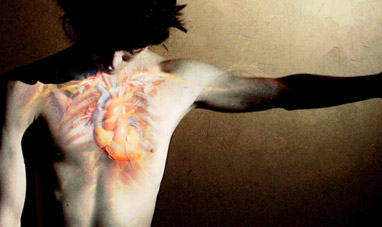

THE HEART


BOA
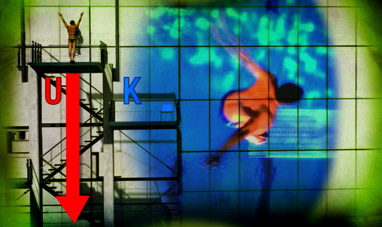

KINETIC, POTENTIAL AND MECHANIC ENERGIES


NOVAE
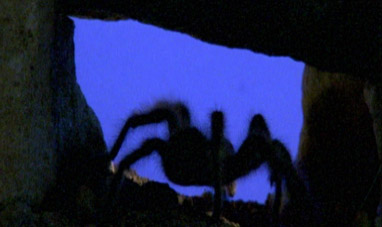

TARANTULA
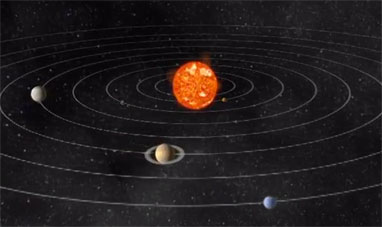

THE SOLAR SYSTEM


MANTA RAY
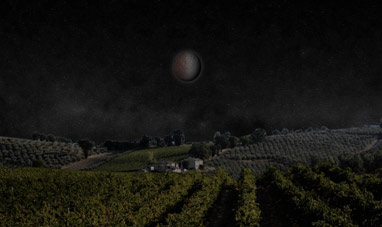

LUNAR ECLIPSES
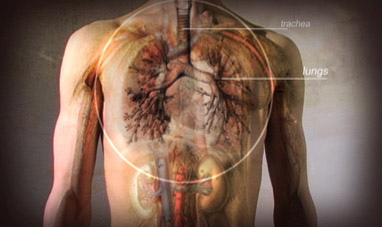

THE RESPIRATORY SYSTEM
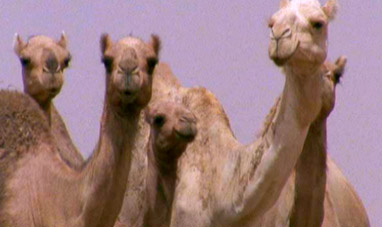

DROMEDARY


GECKO
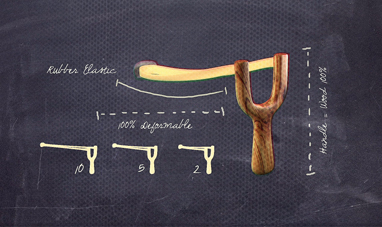

NATURAL RUBBERS
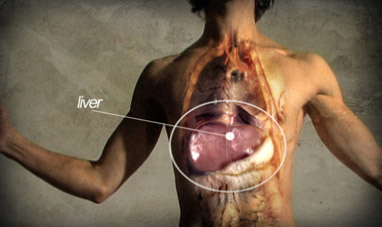

THE LIVER


METEORITES


BEE
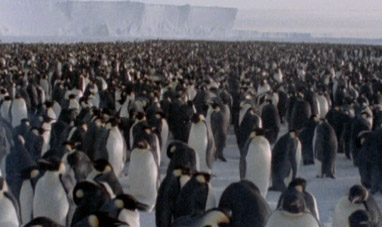

PENGUIN


RIVERS
